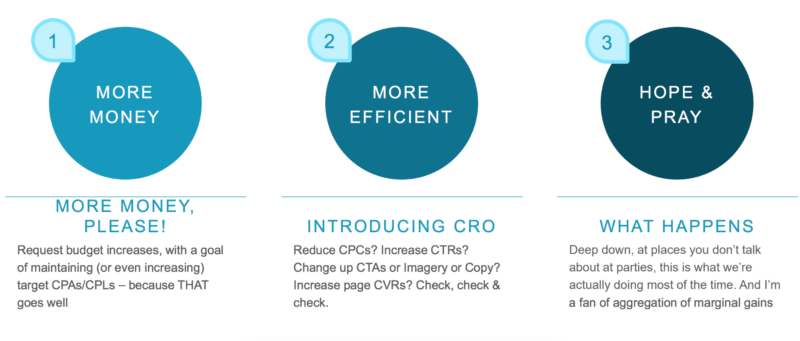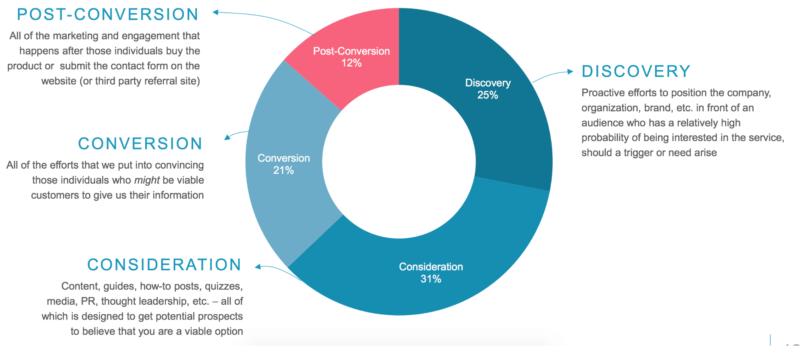What happens post-conversion? It’s time we figure it out, together
The PPC industry is shifting its focus on not just what happens after the click, but what happens after the conversion.
Now that I’ve had time to fully digest HeroConf 2019, there was one main theme: what happens post-conversion. When a room of session attendees was asked how many of them were responsible for more than just leads or conversions, 90% of the room raised their hands. So it might not come as a shock to see the PPC industry shifting to focus on not just what happens after the click, but what happens after the conversion.
Post-conversion: Service, support, sales, content, brand and everything else
The reality is that most of us as PPC marketers don’t have much control after the phone call happens. Yet, we still find ourselves in a room with C-suite executives or sales teams holding us accountable for unqualified leads or lack of sales, no matter how great our conversions are. As the digital landscape continues to evolve, so do the increasing expectations of the consumer. They demand transparency, simplicity, convenience and complete personalization. So we also find that if we are operating in one channel, that we somehow are still being held accountable for what happens elsewhere. If your content isn’t great and we can’t control the content, we are already set up to fail.
What’s in a conversion?
What is a conversion anyway? Is it a form fill? A phone call? A download? A qualified sales lead? The reality is that everyone defines these things a bit differently. Some organizations may only attribute a closed deal as a conversion, where, as marketers, we talk about it as a specific marketing action, like on Facebook it could just be a page view.
Here is Sam Ruchlewicz presentation demonstration of how that process works:
Marketing gets none of the credit, but most of the blame. Either way, we’re pretty much getting the crap end of the stick.
The marketing budget conundrum: Where does it go?
So when we are asked to generate more leads, here’s usually how it goes:
Here’s what needs to happen
“Businesses that use marketing automation to nurture prospects see a 451% increase in qualified leads”
– The Annuitas Group
We need to shift focus and budget to what happens after the conversion. Allocating just as much – if not more – effort after the conversion as we do getting the conversion itself is the new paradigm.
But how do we get our organizations, brands and teams to shift to this?
You have to get marketing, sales and operations on the same page. Which means you have to talk to sales.
Memes courtesy of SSDM team
The most successful campaigns are those where the full interests of both sales and marketing are considered and met. On this new playing field, sales and marketing need to be on the same team. This means not just talking politely across the conference room table but fully integrated. On the same page about KPIs for both and how best to get there.
Opinions expressed in this article are those of the guest author and not necessarily MarTech. Staff authors are listed here.
Related stories
New on MarTech





